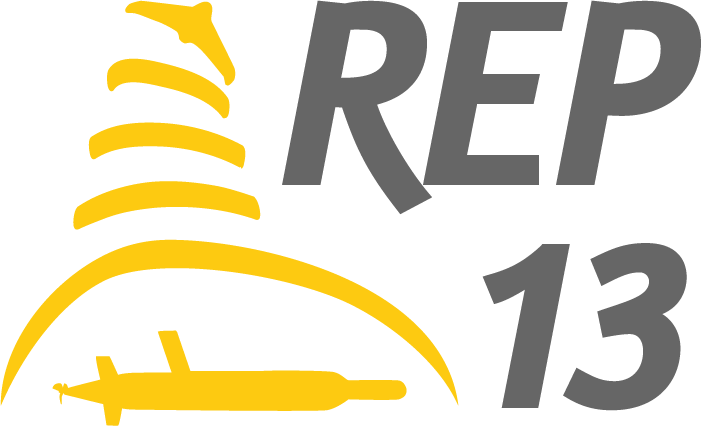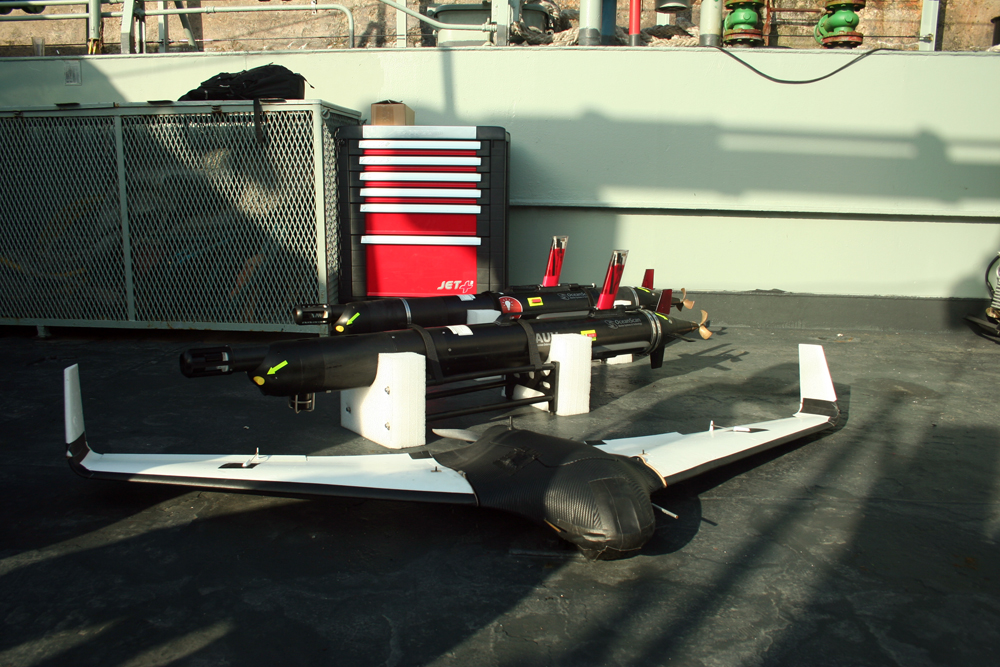The day was dedicated to execute sanity tests for both AUVs and an X8 UAV as also testing Wavy, the autonomous drifter for the firt time.
We departed the Lisboa Naval Base at 7h 30, heading to Sesimbra to board NRP Bacamarte. On arrival, the technical equipment was set up and communication networks were configured to enable interaction with the vehicles as well as to the internet. Network ops were carried out with the UAV X8-00 operating on a 5Ghz network sending live images to the ship in near vicinity (< 2 km) while the AUV's Xtreme 2 and Noptilus 1 operated on a 2,4 GHz network, the latter initially checked out on surface tests followed by dive profiles.
Once the net and catapult were set up for the launch and recovery of the UAV, the X8 was verified, two test flights were executed. The first ended with an inadvertent high speed landing that damaged the landing net. The lesson learned on this first flight, allowed for a more smooth landing for the second flight with video images collected at different altitudes.
In parallel, 2 LBL (Long base line) beacons were deployed 300 meters away from each other, to localize the AUVs in the water column for the sanity tests. After several navigation and motion tests, communication via Iridium for the AUVs was tested. Noptilus 1 collected multibeam bathymetry data to generate a 3D model of the sea floor for the Portuguese Navy, one of the primary sponsors of this experiment.
Wavy, autonomous drifter, was tested during the day. This device is the result of a collaboration with the Portuguese Instituto Hidrográfico Português (IH) with the aim is to collect GPS data for measuring surface currents in near shore waters and sending instantaneous position updates via SMS over a wireless network.
More pictures will be added soon.


































